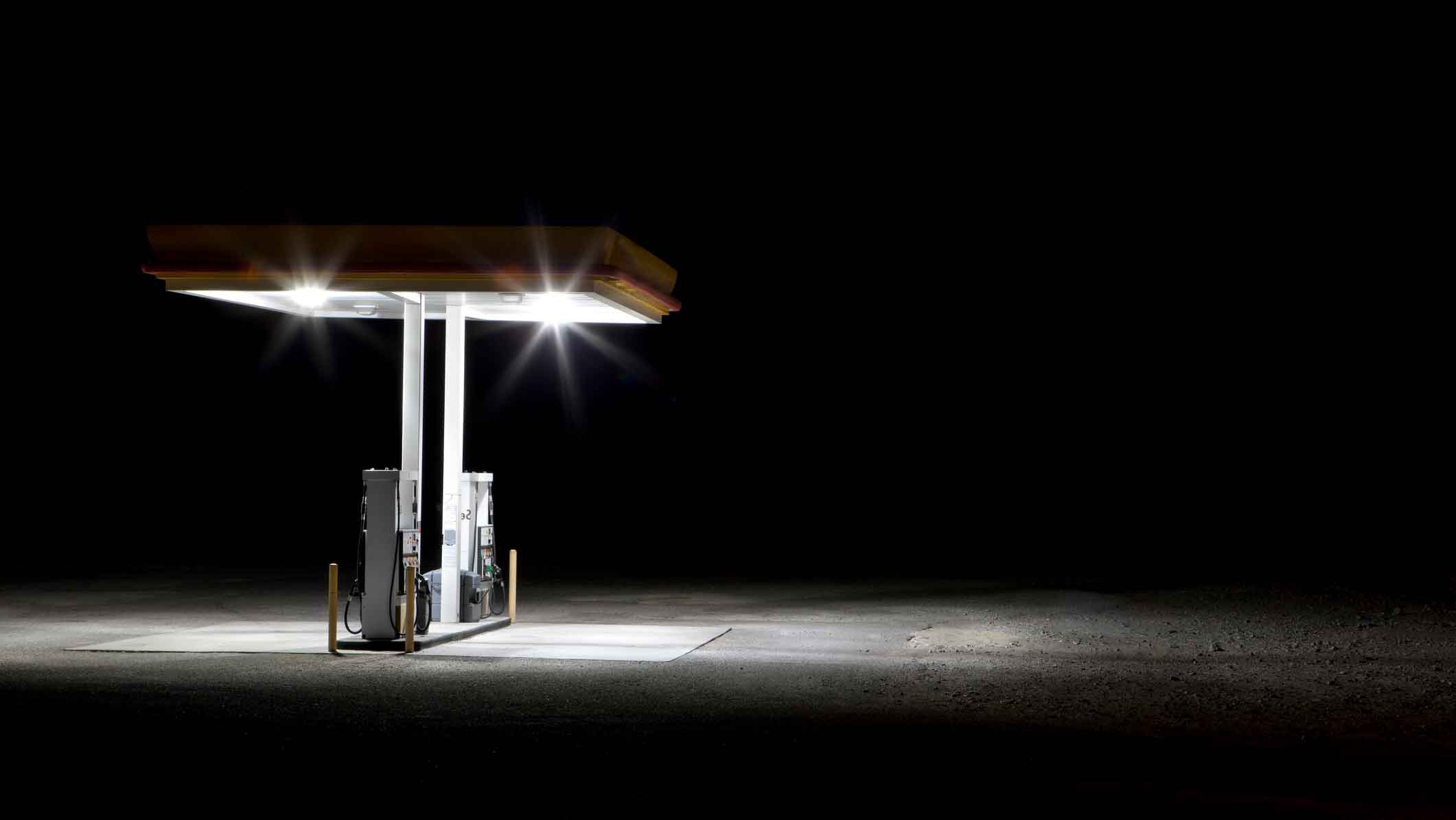Outages and lower refining margins at Viva Energy’s (ASX:VEA) Geelong refinery have hit the company’s bottom line, but chief executive Scott Wyatt has painted a bullish long-term outlook for the facility as the company progresses $350m in upgrades.
Backed by $150m in federal funding, Viva expects the upgrades – to produce low sulphur and low aromatics fuels – to be completed in the second half of next year, ahead of the introduction of the government’s new fuel standards, The Australian reports.
The changes to Australia’s fuel quality and vehicle emissions standards, which come into effect from December 2025, are expected to fuel demand for electric vehicles in Australia, where uptake has lagged other global markets.
However Mr Wyatt said the Geelong refinery had emerged as a strategic asset for Australian fuel supplies, and Viva’s investment in the facility would position it for a long future.
Assurance from the top
“The refinery investments remain resilient in a world where we’ve got greater EV uptake, because at the end of the day 80 per cent of Australia’s fuel demand is imported from overseas,” he told analysts after handing down the company’s full-year results on Wednesday.
“The two refineries in Australia really only meets 20 per cent of the fuel demand, so fuel demand has to decline a long way before the markets for refined production are impacted in Australia.
“The life for the refineries is quite a long one from a supply perspective, and obviously there’s a key role to play in energy security as well, which has became very prominent through the pandemic, and it’s only growing with all the geopolitical issues around the world as well.
“We feel very confident about the refining investments that we’ve made, and we see in the next decade refining, and the supply demand balance for refining, is going to remain quite tight and should be overall largely supportive of refining margins through that period.”
Outages and lower refining margins at the Geelong refinery resulted in an 87.4 per cent cut in earnings (replacement cost EBITDA) at the facility in the 12 months to December, to $65.4m, but record earnings in the company’s Commercial and Industrial unit softened the blow, with earnings in that division up 33 per cent to $447.5m.
Lofty, convenient ambitions
Meanwhile Viva’s Convenience and Mobility division – comprising fuel and in-store sales across its petrol station network – were down 7 per cent to $232.2m as cost of living pressures caused motorists to pull back on spending.
Viva has ambitions to lift that number to $500m over the next five years following last year’s acquisition of the Coles Express network and its $1.15bn takeover of OTR, which is expected to close in the first half of this year pending Foreign Investment Review Board approval.
Mr Wyatt admitted cost of living pressures remained a headwind for retail fuel and convenience sales, but said the long-term outlook remained strong, and underpinned the company’s aggressive expansion of its convenience retail offering.
“It’s (cost of living pressures) a real factor out there and particularly in consumer world,” he told The Australian on Wednesday.
“We were really pleased with the convenience sales, so to deliver 8 per cent growth in convenience sales (excluding tobacco) demonstrates the attractiveness of that segment now for us, and the opportunity for very strong growth even in difficult times.
“There’s a growing appetite from consumers for more convenience and that supports our strategy that we’re pursuing to really grow the business through the acquisition of Coles Express and the OTR group.”
Viva is currently in the process of converting its Coles Express outlets to its new Reddy Express brand, while identifying the first sites that will be rebranded to OTR once the acquisition is finalised later this year.
Mr Wyatt said it was the start of a major evolution in the fuel and convenience sector, which would likely spark greater levels of competition with supermarkets and other traditional convenience retailers.
“The business is changing a lot, moving from traditional service stations where the focus is fuel, to moving to convenience,” he said.
“We’re obviously pursuing that really hard and then putting investments in to support that, and as that becomes the real focus of the business going forward, it takes us into a very new area of competition. It takes us into competing with other traditional convenience players, it takes us into competing with supermarkets, and so the way we think about the business is going to be quite different in five or ten years’ time.
“That competitive marketplace will change as a result as well. So it’s not so much about consolidation. I think it’s really about divergence and diversification strategies will be quite different across the market.”
Lower earnings at Viva’s refinery and across its petrol station network resulted in a 33.7 per cent fall in earnings across the group, to $712.8m, while net profit after tax slipped 46.7 per cent to $318.2m.
The company will pay a fully franked final dividend of 7.1c, bringing its full-year dividend to 15.6c – at the top end of its targeted payout range.
Capital expenditure guidance for 2024 remains unchanged at $440m to $475m.
This story was originally published by The Australian.
The post ‘Everything’s fine’: Viva boss still bullish despite outage-driven slump appeared first on Stockhead.






















